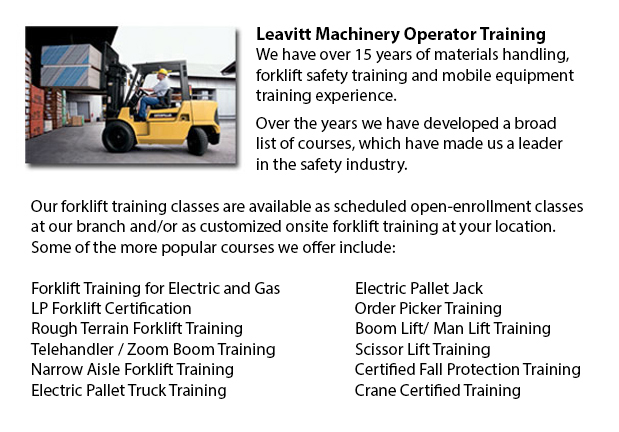
Hyster is globally accepted as an industry leader in the lift truck manufacturing business. However, it began as a producer of lifting equipment as well as winches. Most of its production was concentrated in the Pacific Northwest and dealt primarily with the lumber and logging industry. A couple years after the 1st forklift trucks were invented Hyster became synonymous with quality production. Over the last 80 years Hyster has continued to get bigger and increase its product line. The growth of its products coupled with its desire to stay service oriented has allowed Hyster to mature into the intercontinental participant it is now.
Hyster experienced major innovations through the 1940's and 1960's. In 1946, Hyster opened a plant in Danville, Illinois that was completely dedicated to bulk producing trucks. This allowed Hyster to drive its expenses down and, simultaneously, offer a better quality product at industry aggressive rates. In 1952, Hyster began its first foray in to the international production market through opening its first plant in the Netherlands. The Netherlands plant was originally designed to produce two products: Hyster 40" and the Karry Kranes.
The endlessly changing needs of Hyster customers and Hyster's aptitude to continue to innovate led to rapid development throughout the fifties and 1960's. They started building container handlers in the US in 1959 to meet with the ever expanding demand for transportation goods. In 1966, Hyster developed a method for allowing a lift truck to go both forward and backwards using the same pedal. This pedal was labeled as the Monotrol pedal, which revolutionized the industry. Later in the decade Hyster opened a research and development centre in Oregon that was concentrated on improving the design and functionality of lift trucks. The centre is still one of the world's best testing facilities in the materials handling industry.
In the 1960's Hyster experienced rapid growth. Much of the industry was shifting towards mass manufacturing. To keep up with the times Hyster was inclined to focus on the evolution of these mass markets. As a result, in 1970, the XL design philosophy was born. The XL design philosophy allowed Hyster to provide superior quality at a more inexpensive cost. A further expansion in production capabilities was necessitated by the need in Europe for Internal Combustion Engine Trucks. To fill this gap, a plant in Craigavon, Ireland was opened in 1980. Through the eighties Hyster continued to concentrate on developing industry leading lift trucks. The Hyster company name was known throughout the world for its dedication towards excellence. This attention to quality produced numerous suitors for the enterprise. In 1989, a large multinational corporation based in Ohio called NACCO Industries purchased Hyster and began an aggressive expansion strategy. NACCO quickly replaced the XL philosophy with a more driver oriented truck that concentrated on operator comfort, which is known as the XM generation of forklifts.
With the worldwide change towards just-in-time administration methods, Hyster has been required to keep up with the trends through investment in new and diverse technologies. Acquisitions and investments were made in the US, Italy, Netherlands, and many other places all over the world. All of these investments have made Hyster a worldwide leader in the forklift market. Recently, Hyster celebrated its 80th anniversary as an industry leader of materials handling equipment, which comprises over three hundred various versions of lift trucks.
-
Doosan Forklift
Doosan Infracore Company Ltd. is a transnational establishment consisting of Diesel Engines, Defense Industry goods, Industrial Vehicles, Construction Equipment and Machine Instruments and Mechanization Systems. In the United States, Doosan Infr... More -
JLG Telehandler
After retiring in the late 1960's, John L. Grove started out on a cross country RV trip. After spending many years establishing his family built crane business with his brother, John had no idea that this journey would bring about the rise of JLG Ind... More -
Boom Lifts
Boom Lifts are a table lift mechanism that can be lifted or lowered to differing heights, making this apparatus a functional instrument for various industrial functions. There are some unique kinds of Boom Lift consisting of knuckle booms, scissor pl... More -
Terex Forklift
Terex Forklifts takes great pride in producing quality equipment that helps better their customers' efficiency while standing by their goal to offer a cost effective yet consistent product line. Through many divestures and acquisitions planned to exp... More -
Komatsu Forklift
Komatsu Forklift U.S.A. Inc. has an outstanding reputation for building dependable and resilient lift trucks. Komatsu is recognized around the world as a business with a rich heritage while preserving an outstanding standard of refinement and quality... More

Forklift Training Red Deer
TOLL FREE: 1-888-254-6157
Red Deer, Alberta
forklifttrainingreddeer.com
Email Us
About Us


